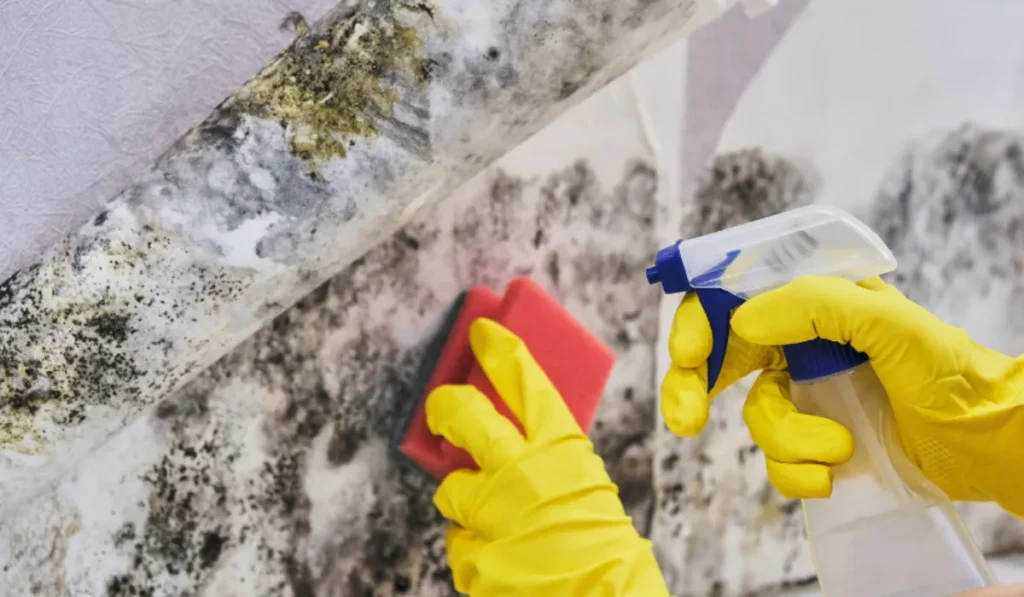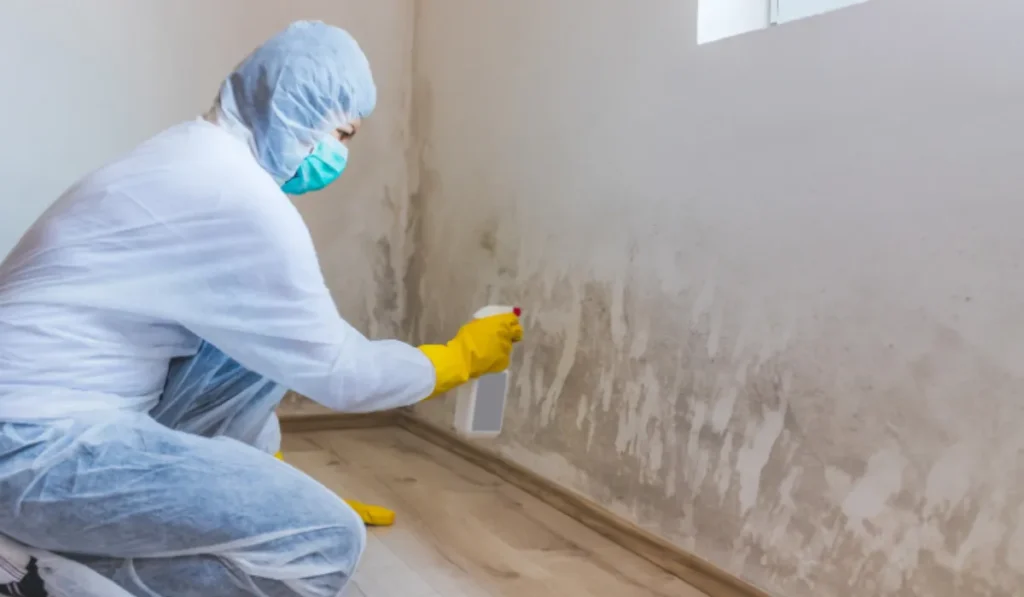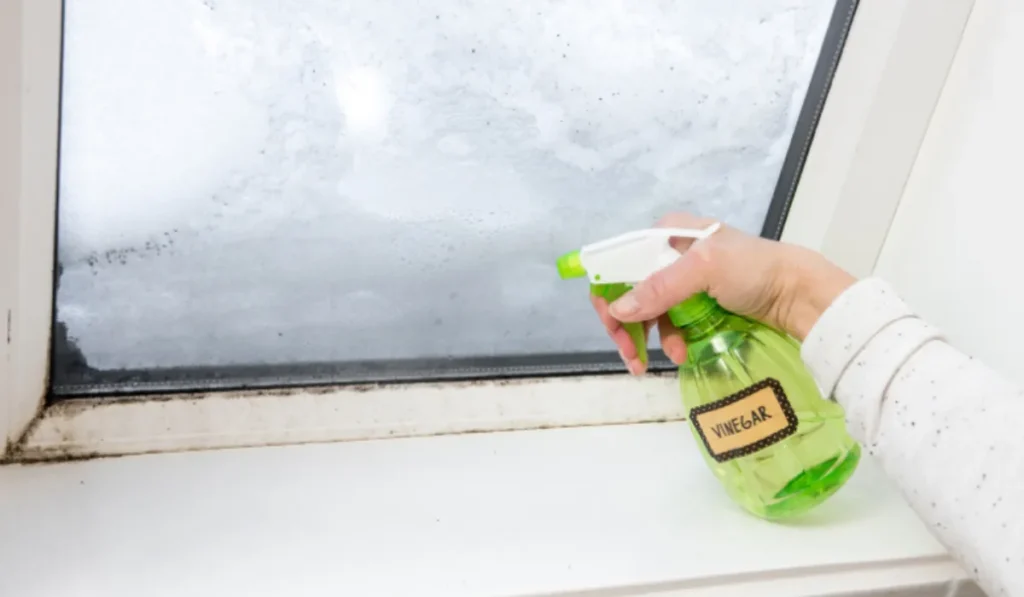The best mold killer is typically a solution that contains bleach or hydrogen peroxide, which effectively eliminates mold spores and prevents regrowth. For porous surfaces, products with concrobium can penetrate deeper to eradicate mold roots. Always follow safety instructions and use protective gear when applying mold killers.
Understanding Mold and Its Risks

What is Mold?
Mold is a type of fungus that grows in damp and humid conditions. It reproduces through tiny spores that travel through the air.
You can find mold both indoors and outdoors, and it comes in various types and colors, like black, green, or white. Common species include Aspergillus, Cladosporium, and Stachybotrys, often called black mold.
Health Risks of Mold
Mold can be more than just an eyesore. It poses health risks, especially for people with allergies, asthma, or weak immune systems.
Exposure to mold can cause symptoms like sneezing, coughing, and itchy eyes. Some types of mold can produce toxins that are even more harmful if inhaled or touched.
Preventing and Removing Mold
Preventing mold from growing is crucial. Keep your home dry and well-ventilated to discourage mold growth.
If you do find mold, it’s important to remove it quickly to protect your health and your home. Killing mold and stopping it from coming back should be your top priority.
Factors to Consider When Choosing a Mold Killer

Effectiveness Against Mold
When selecting a mold killer, it must be effective against the type of mold you’re dealing with.
Some products are better suited for certain mold species, so knowing what kind of mold you have is key.
Safety for Occupants
You should always think about safety when using mold killers. Choose products that are safe for you, your family, and your pets.
Always read the label for proper use and necessary precautions to keep everyone safe.
Surface Compatibility
Not all mold killers can be used on every surface. Some might damage delicate materials or leave stains. Make sure the product you choose is suitable for the area you need to treat.
Application and Preparation
Using mold killers should be straightforward. Look for products that are easy to apply and don’t require complicated preparation. This makes the job faster and more efficient.
Environmental Concerns
If you care about the environment, consider the impact of the mold killer’s ingredients. Eco-friendly alternatives are available that are less harmful to the planet.
Top Mold Killer Options on the Market

Chemical-Based Solutions
Chemical mold killers often contain chlorine bleach or hydrogen peroxide. These strong solutions can kill mold spores and prevent regrowth effectively. Some, like concrobium, are designed to penetrate porous surfaces and destroy mold at the root.
Natural Alternatives
For those who prefer a more natural approach, vinegar, tea tree oil, and mixtures of baking soda or borax with water can be effective.
These options are safer for the environment and are often non-toxic to humans and pets.
Comparing Options
To choose the best mold killer, compare the effectiveness and safety of each option. Chemical solutions are powerful but can be harmful if not used correctly. Natural alternatives are safer but may require more effort to get the same results.
Use Case Recommendations
For bathrooms, chlorine bleach solutions work well on non-porous surfaces. In kitchens, hydrogen peroxide-based cleaners can disinfect without leaving harmful residues.
For outdoor areas, professional-grade fungicides may be necessary to tackle larger mold problems.
FAQs About the Best Mold Killer
What is the most effective ingredient in mold killers?
The most effective ingredients in mold killers are usually bleach or hydrogen peroxide, as they effectively eliminate mold spores and prevent mold regrowth.
Can I use bleach-based mold killers on porous surfaces?
Bleach-based mold killers are not ideal for porous surfaces as they may not penetrate deeply enough to eradicate mold roots; products with concrobium are better suited for these surfaces.
What is concrobium, and how does it work on mold?
Concrobium is a mold control product that penetrates porous surfaces to eliminate mold roots and prevent future growth without the use of harmful chemicals.
Is it safe to use mold killers without protective gear?
No, it’s important to always follow safety instructions and use protective gear like gloves and masks when applying mold killers to protect yourself from harsh chemicals and mold spores.
How can I prevent mold from regrowing after treatment?
To prevent mold from regrowing after treatment, ensure the area is kept dry, improve ventilation, and regularly check for any moisture buildup or leaks.
Final Thoughts
The most effective mold killers contain bleach or hydrogen peroxide, which are potent against mold spores and help prevent future growth.
For deeper penetration in porous materials, concrobium-based products are recommended to tackle mold at its roots. It’s crucial to adhere to safety instructions and wear appropriate protective gear during the application process to ensure safety and efficacy.
